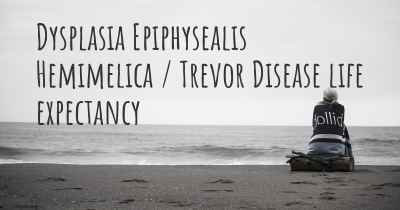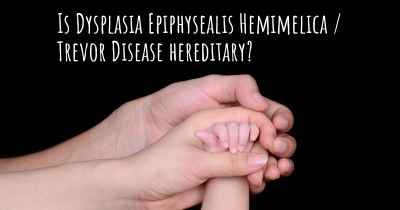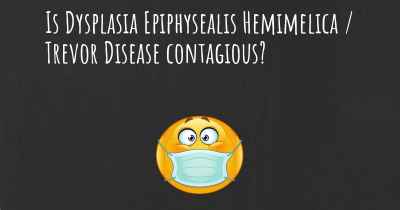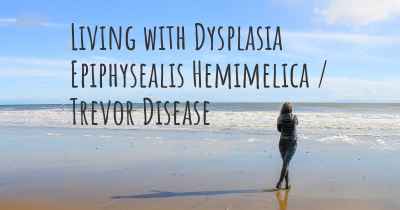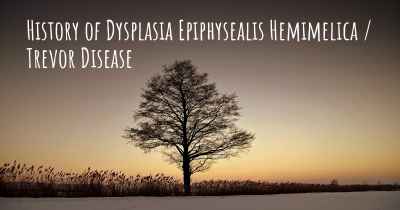ICD10 code of Dysplasia Epiphysealis Hemimelica / Trevor Disease and ICD9 code
What is the ICD10 code for Dysplasia Epiphysealis Hemimelica / Trevor Disease? And the ICD9 code for Dysplasia Epiphysealis Hemimelica / Trevor Disease?
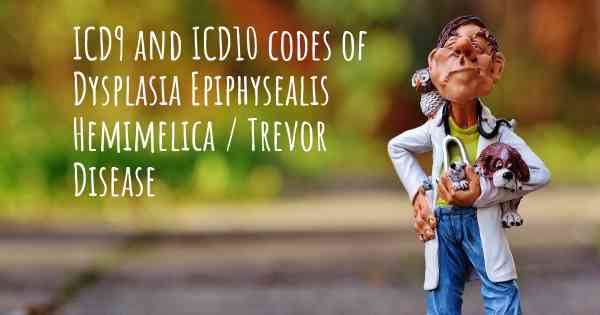
The ICD-10 code for Dysplasia Epiphysealis Hemimelica, also known as Trevor Disease, is M92.6. In the previous ICD-9 coding system, the corresponding code was 732.7. Dysplasia Epiphysealis Hemimelica is a rare developmental disorder affecting the growth plates in the bones, causing abnormal bone growth. It typically occurs in children and can lead to pain, joint deformities, and functional limitations. Proper diagnosis and treatment are essential for managing this condition.
Dysplasia Epiphysealis Hemimelica / Trevor Disease
Dysplasia Epiphysealis Hemimelica (DEH), also known as Trevor Disease, is a rare developmental disorder that affects the growth plates in the bones. It primarily affects children and adolescents, causing abnormal growth and development of the affected bones.
ICD-10 Code: M89.8
ICD-9 Code: 732.8
DEH/Trevor Disease is characterized by the overgrowth of cartilage on the epiphysis, which is the rounded end of a long bone that forms a joint. This abnormal growth can lead to various skeletal deformities and functional impairments.
The exact cause of DEH/Trevor Disease is unknown, but it is believed to be a result of a genetic mutation that affects the regulation of bone growth. It is not inherited in a typical Mendelian pattern and often occurs sporadically.
The condition typically presents in early childhood, with symptoms varying depending on the location and severity of the affected bones. The most commonly affected areas include the lower extremities, such as the ankle, knee, or foot. However, DEH/Trevor Disease can also affect other joints, such as the wrist or elbow.
Common signs and symptoms of DEH/Trevor Disease include:
- Asymmetrical limb growth
- Pain and swelling around the affected joint
- Limited range of motion
- Limping or difficulty walking
- Joint stiffness
- Joint instability
Diagnosis of DEH/Trevor Disease involves a thorough physical examination, medical history review, and imaging studies. X-rays, magnetic resonance imaging (MRI), or computed tomography (CT) scans may be used to assess the extent of bone and joint involvement.
Treatment options for DEH/Trevor Disease depend on the severity of symptoms and the impact on the individual's quality of life. In mild cases, regular monitoring and conservative management, such as physical therapy and pain management, may be sufficient.
In more severe cases, treatment options may include:
- Orthotic devices or shoe inserts to provide support and improve alignment
- Surgical interventions to remove or correct the abnormal growth of cartilage
- Joint fusion or replacement in cases of severe joint damage
Long-term follow-up is essential for individuals with DEH/Trevor Disease, as the condition can continue to progress and cause ongoing complications. Regular monitoring of growth and joint function is necessary to address any emerging issues promptly.
While DEH/Trevor Disease is a rare condition, early diagnosis and appropriate management can significantly improve the individual's quality of life and minimize long-term complications.
